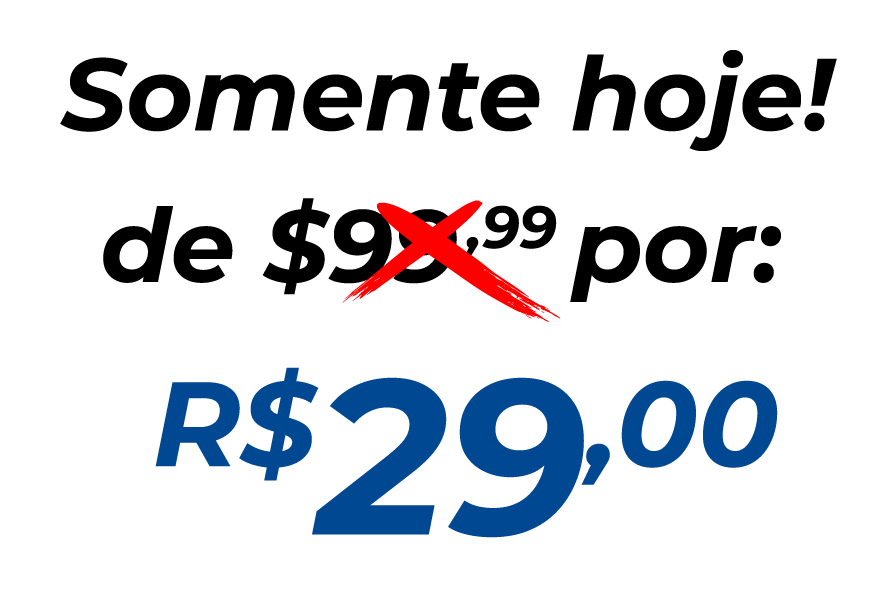Take Back Control of Your Life and Unlock Your True Potential
The Breaking the Cycle™ Program, developed by neuroscientists, to help you regain control and abandon the digital addictions that are stealing your time and focus.
The Breaking the Cycle™ Program, developed by neuroscientists, to help you regain control and abandon the digital addictions that are stealing your time and focus.
I only know that the weeks I stayed without the internet were the most productive of my life. The truth is, as long as we are surrounded by technology and distractions, we will hardly be able to focus on what is truly important.
Brown
Harper
Knowing the rules of the game changes everything. These lessons give me more faith and help me better deal with adversities.
Jones
James
Your brain gets used to it. And if you’re not careful, soon you’ll be complaining about the life you’ve always dreamed of.
Garcia
Noah
I’m trying to reduce my consumption of social media because it has significantly decreased my attention span in other things; I’ve also noticed that I hardly remember anything I’ve seen.”
Smith
Emma



Schultz, W. (2015). Neuronal Reward and Decision Signals: From Theories to Data. Physiological Reviews, 95(3), 853–951.
Berridge, K. C., & Kringelbach, M. L. (2015). Pleasure Systems in the Brain. Neuron, 86(3), 646–664.
Volkow, N. D., Wang, G. J., Tomasi, D., & Baler, R. D. (2013). Obesity and Addiction: Neurobiological Overlaps. Obesity Reviews, 14(4), 341–350.
Wise, R. A. (2004). Dopamine, learning and motivation. Nature Reviews Neuroscience, 5(6), 483–494.
Salamone, J. D., Correa, M., Farrar, A., & Mingote, S. M. (2007). Effort-related functions of nucleus accumbens dopamine and associated forebrain circuits. Psychopharmacology, 191(3), 461–482.
Wise, R. A. (2009). Roles for nigrostriatal–not just mesocorticolimbic–dopamine in reward and addiction. Trends in Neurosciences, 32(12), 517–524.
Cools, R., & Robbins, T. W. (2004). Dale Purves on motivation, cognitive control, and the neural basis of dopamine. Nature Reviews Neuroscience, 5(6), 487–494.
Deroche-Gamonet, V., Valjent, E., & Girault, J.-A. (2010). Dopamine and reinforcement: From the nucleus accumbens to the dorsal striatum. Neuroscience & Biobehavioral Reviews, 34(6), 889–901.
Hyman, S. E., Malenka, R. C., & Nestler, E. J. (2006). Neural mechanisms of addiction: The role of reward-related learning and memory. Annual Review of Neuroscience, 29, 565–598.
Schultz, W. (2016). Dopamine reward prediction-error signalling: a two-component response. Nature Reviews Neuroscience, 17(3), 183–195.
The Breaking the Cycle Program is a powerful method, based on neuroscience, developed to help you regain control of your life.
The knowledge and methods we provide have already changed the lives of thousands of people around the world.
The final result depends on your commitment to apply these powerful teachings daily.
Yes, you have an unconditional 30-day guarantee.
If for any reason you understand that the program is not for you, we will refund your money in full in a simple and secure manner.
As soon as your purchase is confirmed, you will receive all the instructions via email to access the platform with all the program’s content.”
Disclaimer: This product is not intended to diagnose, treat, cure or prevent any disease